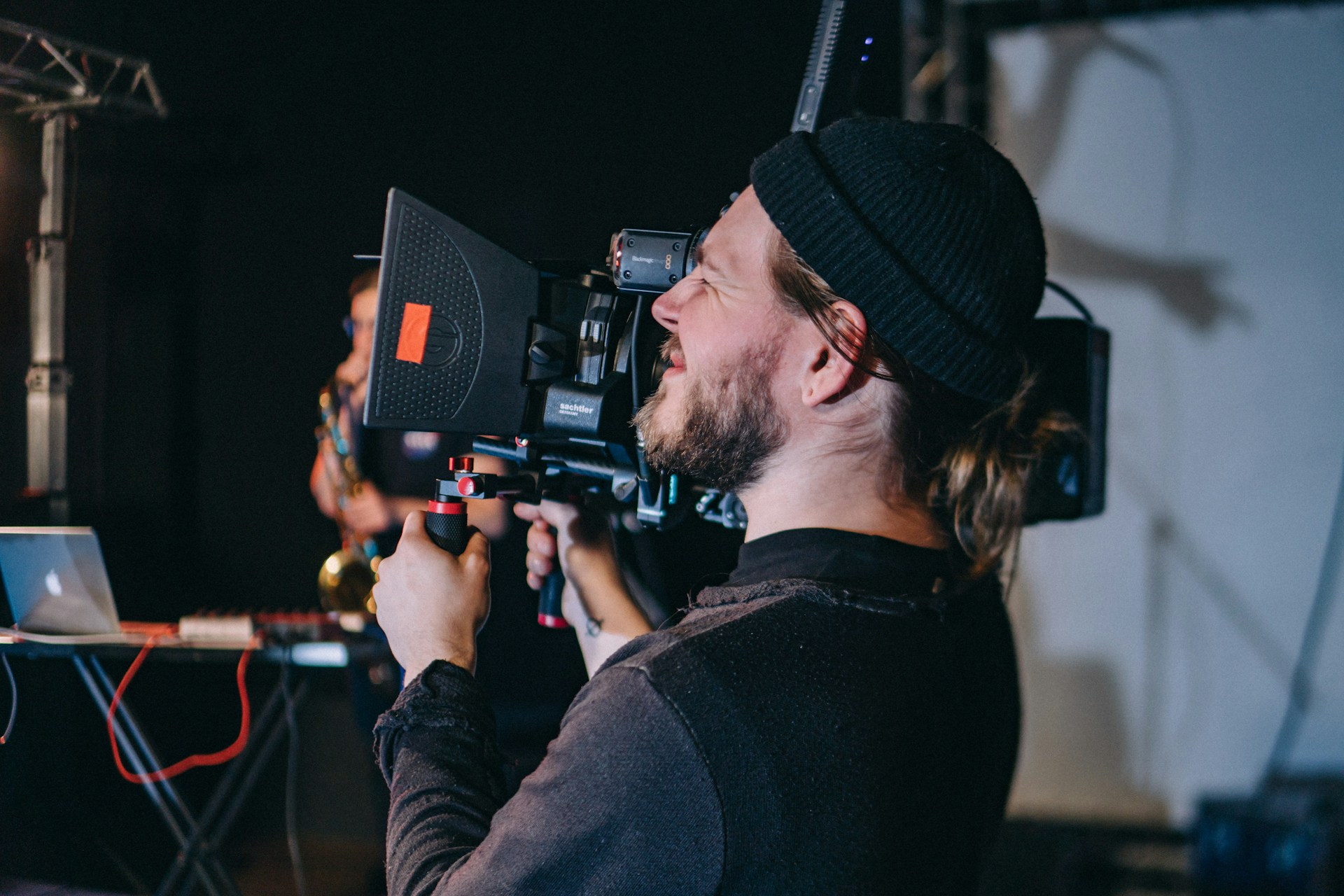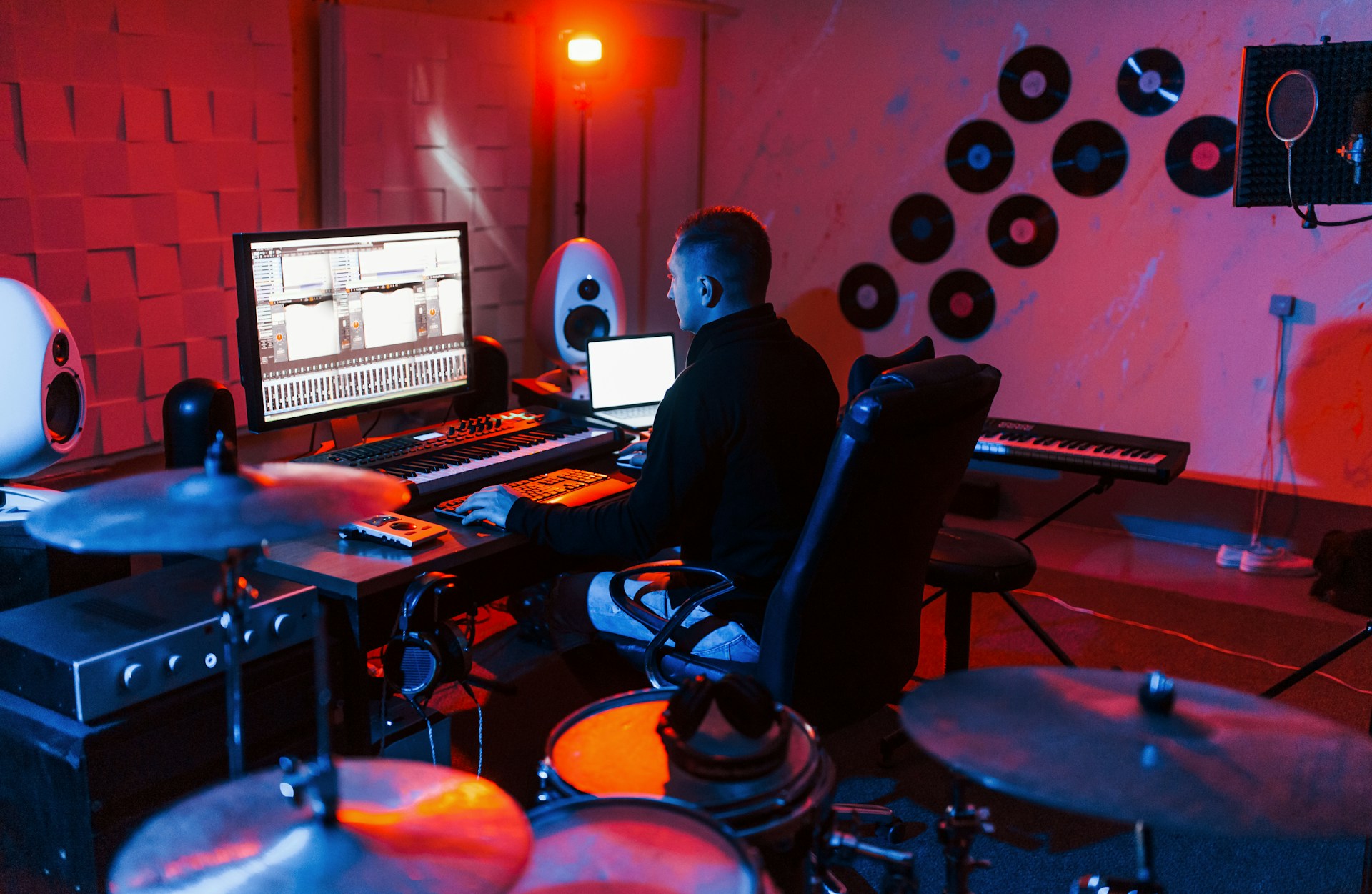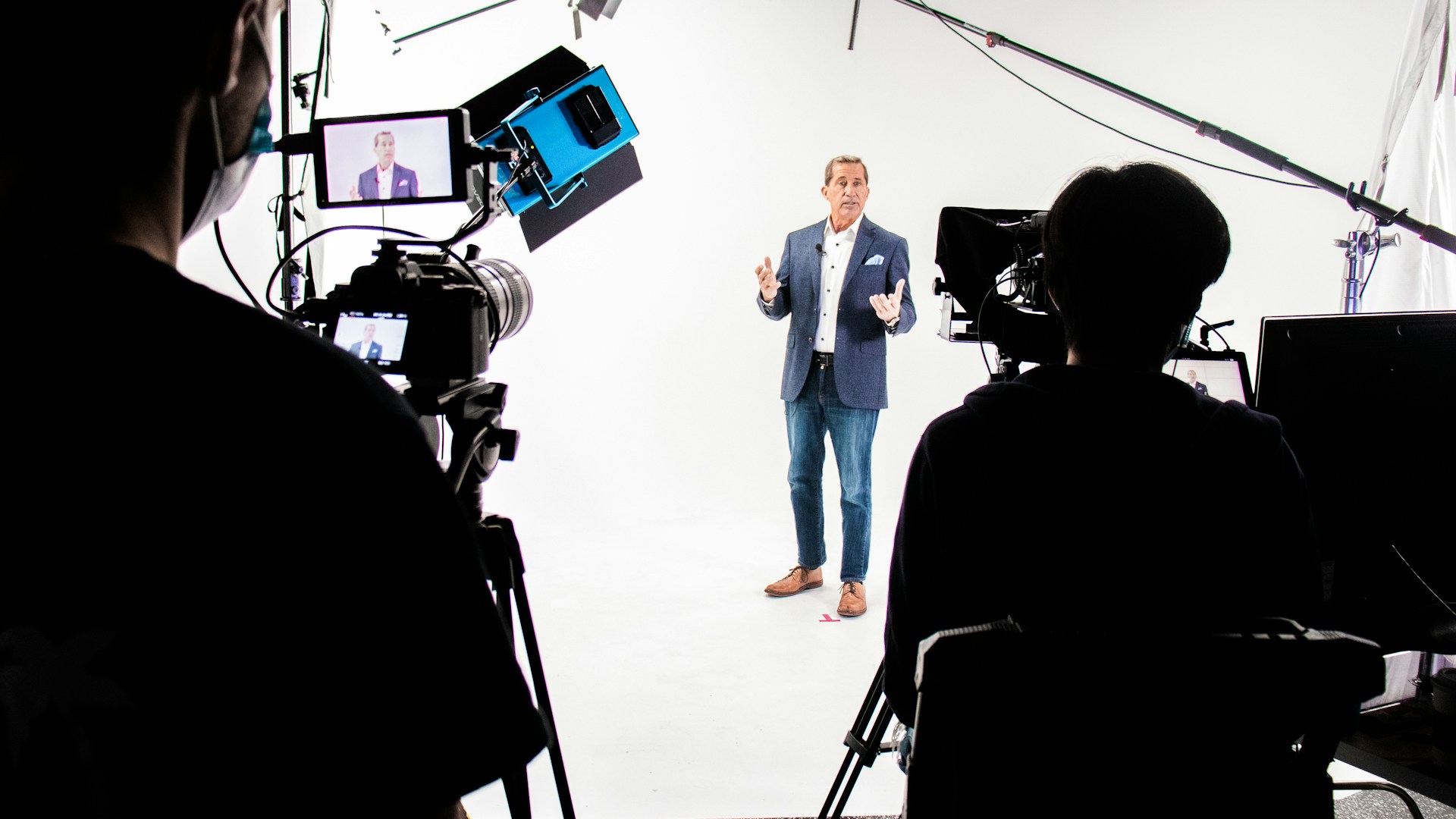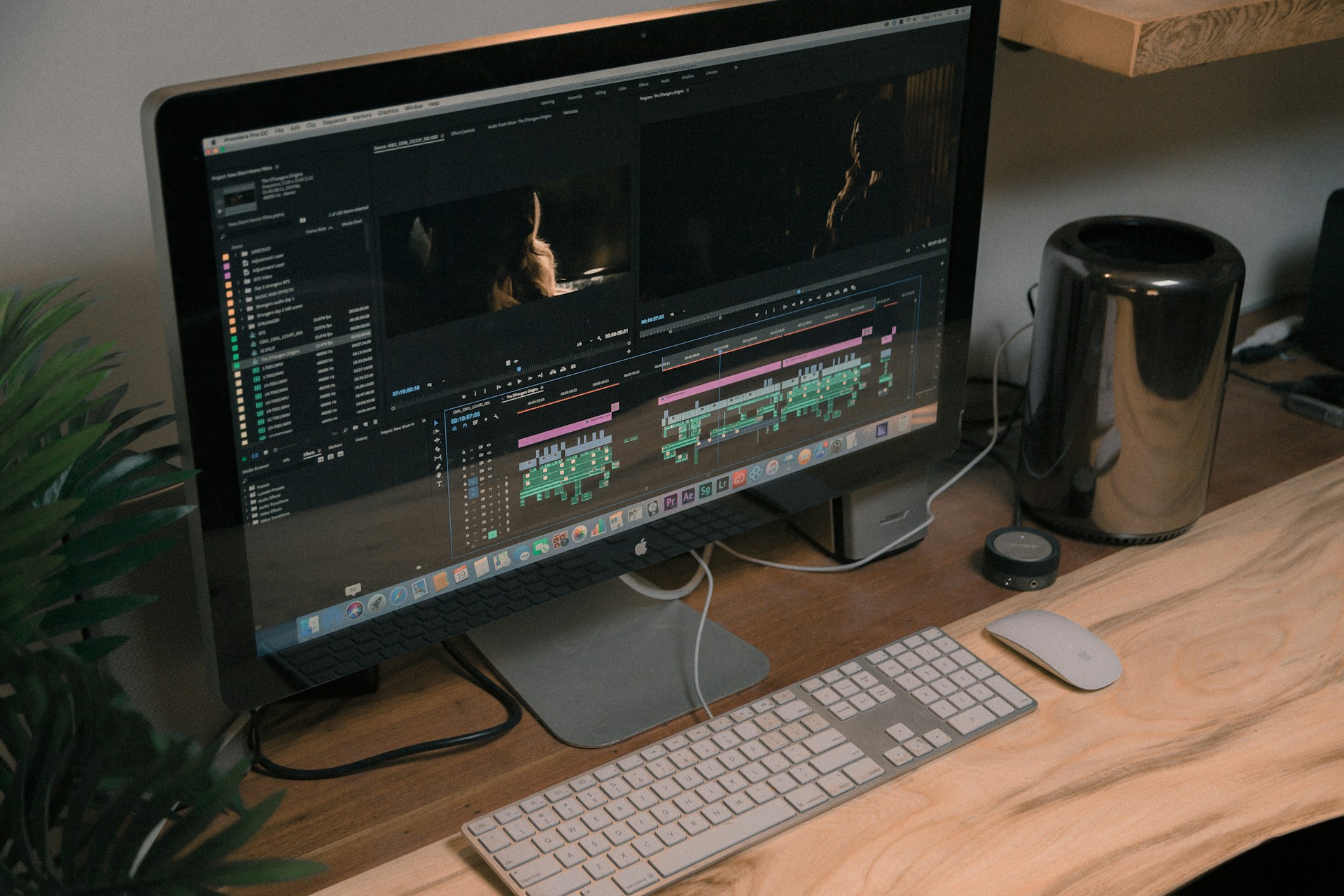Hearing an echo in your podcast recording can be frustrating. It’s like trying to listen to someone tell a story while they’re in a hall of mirrors, where each word bounces back distorted and overlapping with the next. This echo not only distracts your listeners but can also lead to them tuning out entirely. Whether you’re a seasoned podcaster or just starting out, tackling audio issues like echo is key to keeping your audience engaged and ensuring your content is heard as intended.
Many podcasters face the challenge of echo without understanding what causes it or how to fix it. Imagine you’re trying to bake a cake, but your oven’s temperature is wildly off. No matter how excellent your ingredients or method, the cake won’t turn out right unless you address the real problem. Similarly, understanding why your podcast audio might be echoing is crucial to finding effective solutions and preventing it from happening again. Let’s explore what might be causing this echo and how you can make it disappear.
Understanding the Cause of Echo in Podcast Recording
Echo in a podcast recording can stem from several factors, each affecting your audio quality in a different way. At its core, an echo occurs when sound waves bounce off surfaces and return to the microphone slightly delayed. This can create a repeated sound effect, making voices sound like they’re coming from a distant cave rather than a pleasant, direct conversation.
Here are some common culprits:
– Room Acoustics: Hard surfaces like walls, ceilings, and floors are the usual suspects. They reflect sound rather than absorb it, causing echoes. A room filled with furniture, curtains, and carpet can help reduce these reflections, but many podcasters overlook this aspect.
– Microphone Placement: Where you place your microphone is crucial. If it’s too close to surfaces that can reflect sound, you’re more likely to encounter issues with echo.
– Audio Feedback: Sometimes headphones or speakers at a high volume can feed the sound back into the microphone, creating an unwanted echo effect.
Before you begin troubleshooting, it’s important to pinpoint the main source of the problem. By understanding if the echo is due to your room setup, equipment, or other environmental factors, you can tailor your solutions more effectively. Identifying the cause not only solves the immediate problem but also helps you anticipate and prevent future audio challenges. Addressing the root of any problem is the first step toward a lasting solution.
Quick Solutions to Address Echo Issues
Once you’ve pinpointed the cause of the echo in your podcast recording, it’s time to explore some quick and straightforward solutions.
1. Enhancing the Recording Environment
– Invest in some basic soundproofing. Place rugs on the floor, hang heavy curtains, or use bookshelves filled with books to reduce hard, reflective surfaces.
– Soft materials can absorb sound and reduce echoes, creating a more controlled environment for recording.
2. Investing in Quality Equipment
– Consider professional-grade microphones designed for podcasting. They often have better sensitivity settings and can help isolate voice recordings from ambient noise.
– Use snug-fitting headphones to monitor sound without any leakage affecting the microphone.
3. Adjusting Software Settings
– Most recording software comes with options for echo cancellation—make sure these are turned on and configured correctly.
– Experiment with your software’s equalizer settings to fine-tune audio capture for your specific environment.
By optimizing your setup, both physically and electronically, you can dramatically reduce the presence of echo in your recordings. This ensures that your podcast sounds clean and professional, allowing your content to shine without technical distractions.
Practical Tips to Prevent Echo in Future Recordings
Addressing echo once is helpful, but preventing it from happening again is even more satisfying. There are some proactive steps you can take to keep your recordings clear and echo-free. Regularly testing your recording setup can be beneficial. By simulating podcast conditions before hitting record, you can catch potential problems early. This allows you to make necessary adjustments without losing valuable recording time.
Using acoustic panels or foam on walls can dramatically cut down on echo. These materials absorb stray sound waves before they have the chance to bounce back into your microphone. Luckily, many of these solutions are not just effective but also aesthetically pleasing. This means you can improve sound quality without compromising on style.
Correct microphone positioning plays a crucial role too. Here are a few key tips:
– Ensure the microphone is angled to minimise reflections from walls.
– Consider using a desk or tripod stand, which isolates the mic from external vibrations.
– Keep the microphone at a comfortable distance from your mouth to avoid unwanted noise while capturing the best sound.
By implementing these tips, you’ll create an environment that stops echo before it starts, ensuring your future recordings stay crisp and professional.
Why Professional Help Might Be Necessary
Sometimes, despite your best efforts, the problem might persist. This could be due to challenging room layouts or technical limitations with your current setup. Seeking professional assistance can be the right decision in such cases. Experts have the knowledge and tools to diagnose stubborn audio issues that might not be immediately obvious. This expertise can save you time and frustration while enhancing your podcast’s quality.
Professionals often use high-end equipment and sophisticated techniques to deliver premium audio clarity. For podcasters keen to produce top-notch content without the hassle of troubleshooting, expert services can be a worthwhile investment. Furthermore, they stay updated with the latest advancements in audio technology, allowing them to offer innovative solutions.
Say Goodbye to Podcast Audio Echoes
By understanding and applying the strategies discussed, you can enjoy recording without the worry of echo. Addressing room acoustics, checking equipment, and getting help when needed ensures your podcast reaches its potential. A well-produced podcast not only captivates your audience but also stands out among the masses. Commit to refining your sound quality, and you’ll notice more listener engagement and satisfaction.
Taking the steps to enhance your podcast recording now makes all the difference. You’ll be telling better stories and capturing your audience’s attention, episode after episode. A clearer sound isn’t just nice to have—it’s necessary for your podcast to succeed.
Refining the sound quality of your podcast can be a rewarding journey that elevates your content and strengthens audience engagement. If you want to take your audio clarity to the next level, explore more about podcast recording with On Air. With the right guidance, you’ll transform your recordings and captivate your listeners consistently.






